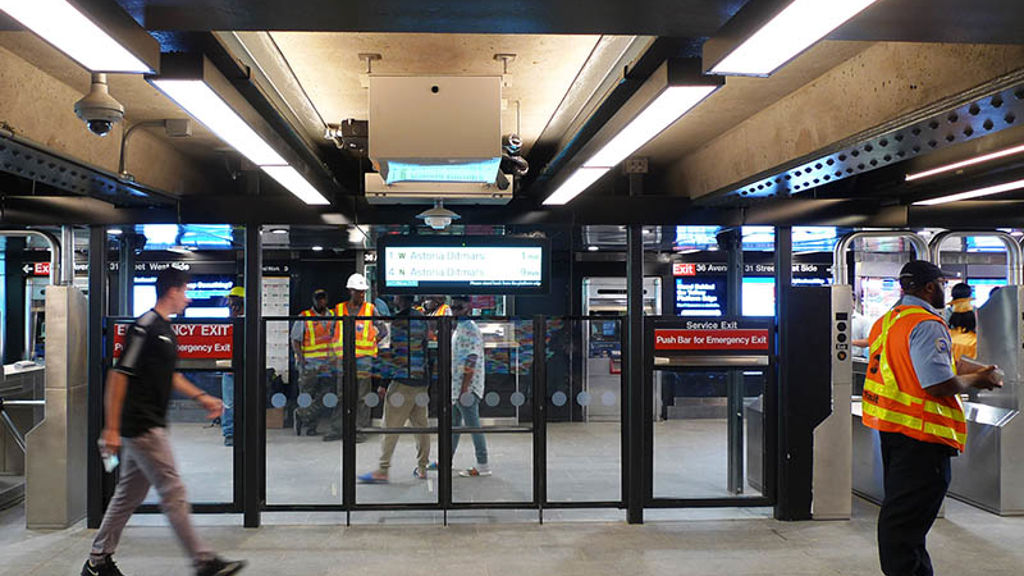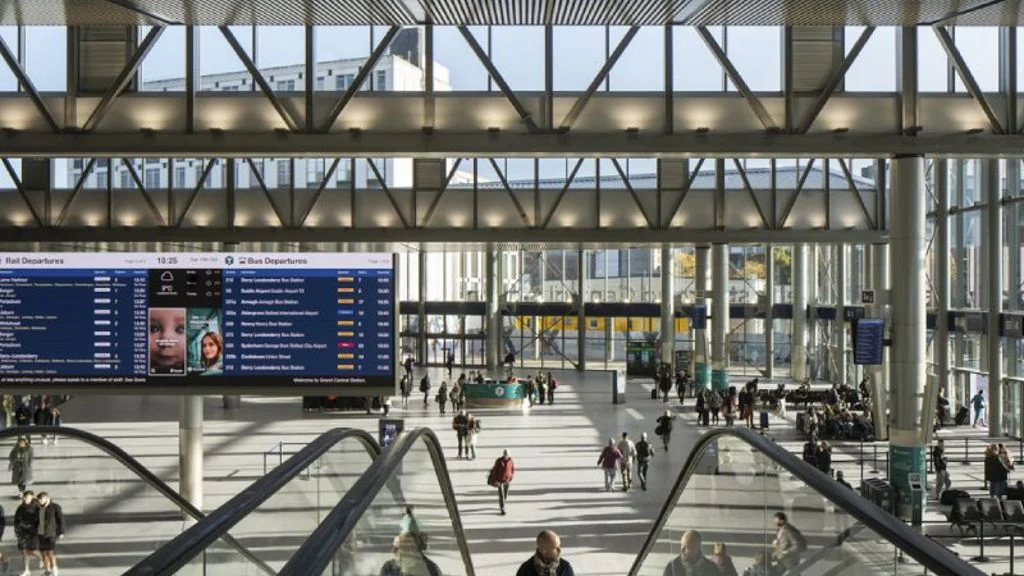We wanted to be able to bring HS2 'to life' - long before the project's delivery. To do this we used advanced virtual and augmented reality technology to recreate exactly what HS2 will look like, what it will sound like and how it will operate long before it physically exists.
Using photo realism, virtual reality, augmented reality and sophisticated visual and aural representations of every aspect of the railway line, we were able to completely bring to life the route, the stations, the experience and the impact of the proposed line as part of the planning and consultation process. Creating a digital version of the future has helped everyone involved make better decisions about a major piece of infrastructure.
Striving for accuracy
Every representation used to visualise the route was verified and, most importantly, peer reviewed. This means that those involved could trust that they were as accurate as possible. This has set a new benchmark for how major projects can be brought to life.
Consultations with decision makers, communities and action groups were richer and more specific and the media were provided with footage that enabled the public to get a deeper understanding. Imagining the future has enabled everyone involved – from designers to policy makers – to make better decisions at every stage of the process.







